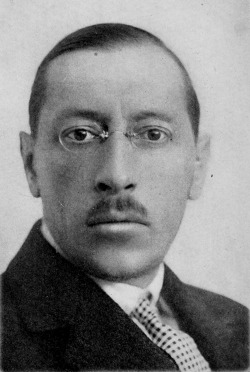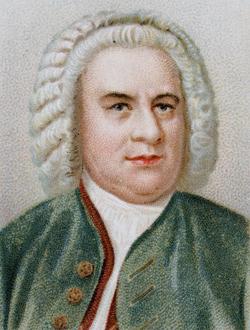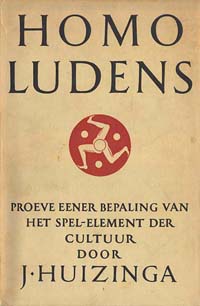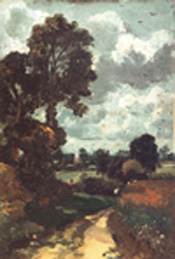Jonathan L. Friedmann, Ph.D.
“I consider that music is, by its very nature, essentially powerless to express anything at all, whether a feeling, an attitude of mind, a psychological mood, a phenomenon of nature, etc. Expression has never been an inherent property of music.” This oft-quoted statement from Igor Stravinsky’s 1936 autobiography Chronicles of My Life remains hotly debated. It seems to fly in the face of intuition, which automatically senses in music a definite emotional quality. Postmodern deconstructionists have taken Stravinsky’s statement to its extreme, discounting an essential relationship between music and emotions, and arguing that music can only express musicality itself. Nonmusical associations—emotional, symbolic, and visual impressions—have nothing to do with music per se, but instead prove the human tendency to endow everything in our environment with animate qualities. Advocates of this view, like Peter Kivy and Malcolm Budd, agree especially with the second part of Stravinsky’s statement: “If, as is nearly always the case, music appears to express something, this is only an illusion and not a reality. It is simply an additional attribute which, by tacit and inveterate agreement, we have lent it, thrust upon it, as a label, a convention—in short, an aspect we have come to confuse, consciously or by force of habit, with its essential being.”
Stravinsky’s words might confound listeners of his music, which elicits a range of deeply emotional responses. However, his comment speaks more to process than impact. It articulates a formalist position, wherein music’s meaning is determined by form. Music invariably produces emotions, but it does not embody them. This viewpoint marked a shift from nineteenth-century romanticism, which valued irrationality, spontaneity, and transcendence over Enlightenment ideals of reason, order, and materiality.
Importantly, 1936 was the middle of Stravinsky’s neoclassicist period, bookended between a Russian “neo-primitive” period (1907-1919) and a period of serialism (1954-1968). Neoclassicism was a return to compositional attributes favored in the late eighteenth and early nineteenth centuries, including light textures, conciseness, conventional forms (dance suites, sonata forms, etc.), and tonality (more a reaction to modernism than to romanticism). It was not simply an imitative movement: “neo” denotes both return and innovation. Even Stravinsky’s dry and Bach-like Octet for wind instruments (1923)—an early effort dismissed in the press as a bad joke—bears the composer’s signature.
Stravinsky clarified his rejection of romanticism and its “supernatural muse” in Poetics of Music (1947): “Invention presupposes imagination but should not be confused with it. For the act of invention implies the necessity of a lucky find and of achieving full realization of this find.” Fellow twentieth-century composer Aaron Copland saw in Stravinsky’s approach the beginnings of objectivism, which came to dominate concert music as the twentieth century marched toward the twenty-first.
Unlike the overly expressive music of the Romantics, which expands harmony, dynamics, and form to transmit intensely personal sentiments, Classical and modern works, while sonically light years apart, share an air of impersonality. Construction precedes and produces expression, rather than the other way around. Thus, as Copland wrote in The New Music, 1900-1960, there is “no need, therefore, to concentrate on anything but the manipulation of the musical materials, these to be handled with consummate taste and craftsmanslike ability.”
Viewed in this light, Stravinsky’s provocative stance on music and emotion really answers a question of style: Should emotions drive composition (Romantic-subjective) or derive from it (Classical-objective)? The broader issue of whether feelings originate within musical sounds or are grafted onto them seems almost moot. Not to sidestep the debate entirely, but the experience remains emotional all the same.
Visit Jonathan’s website to keep up on his latest endeavors, browse his book and article archives, and listen to sample compositions.






